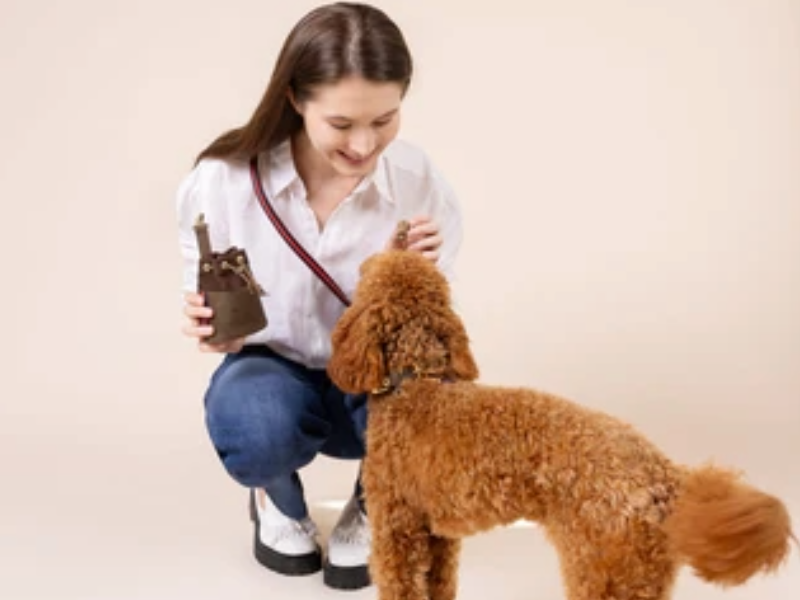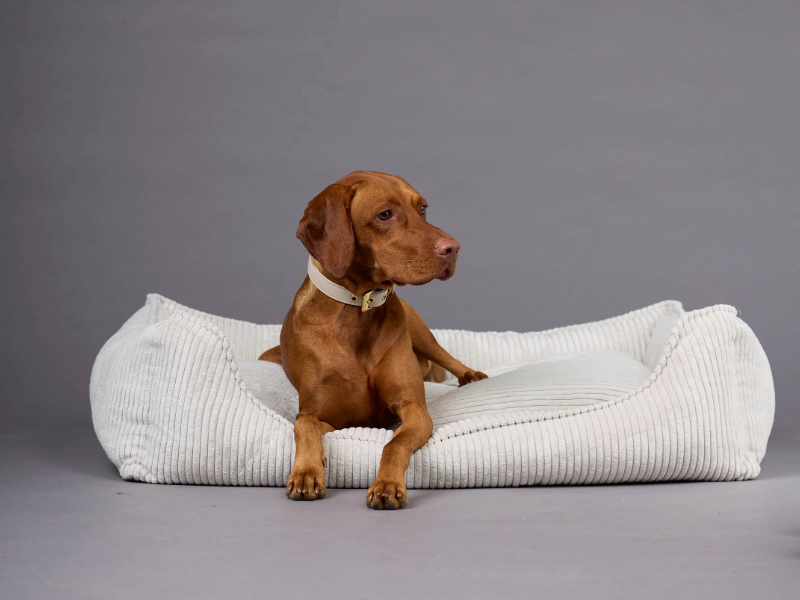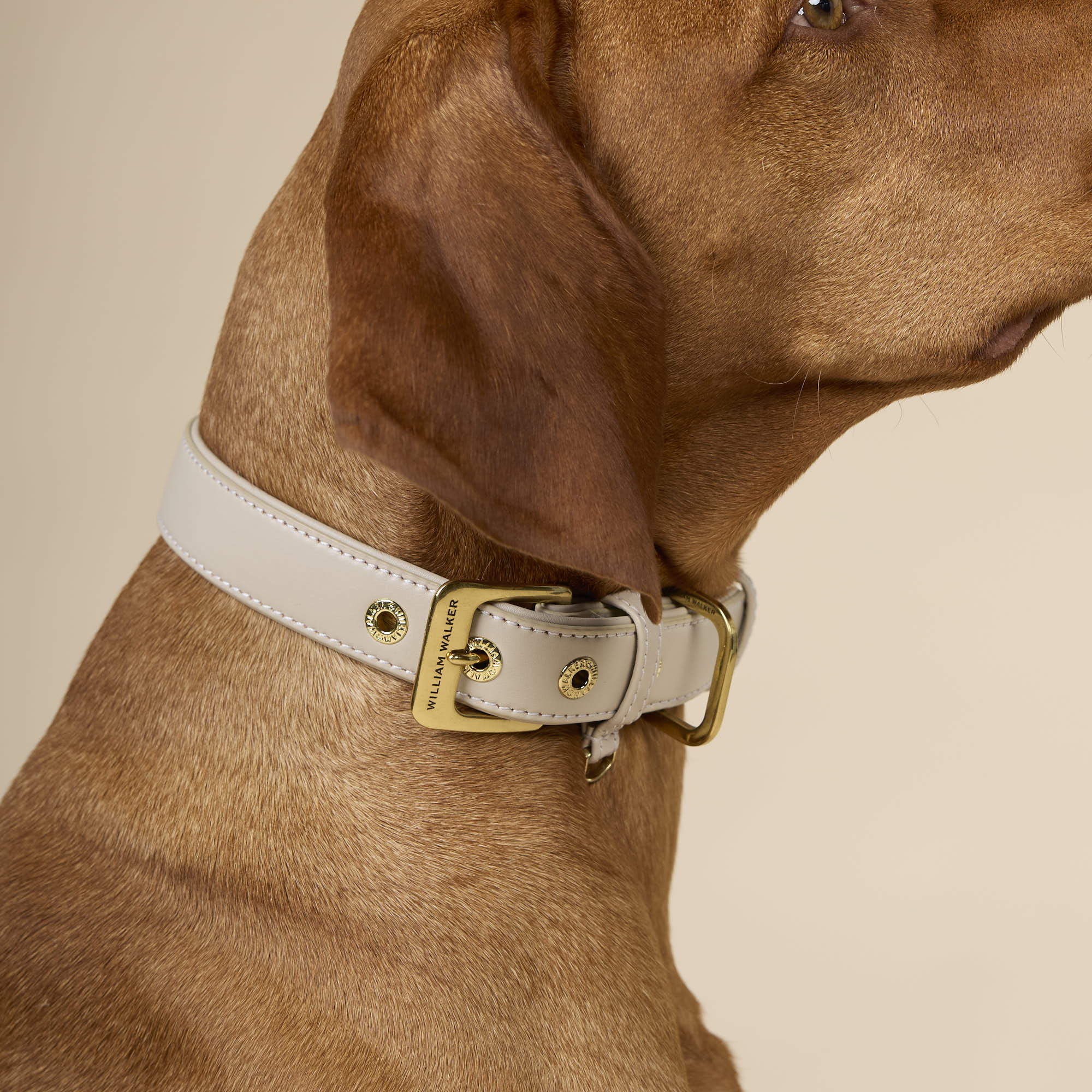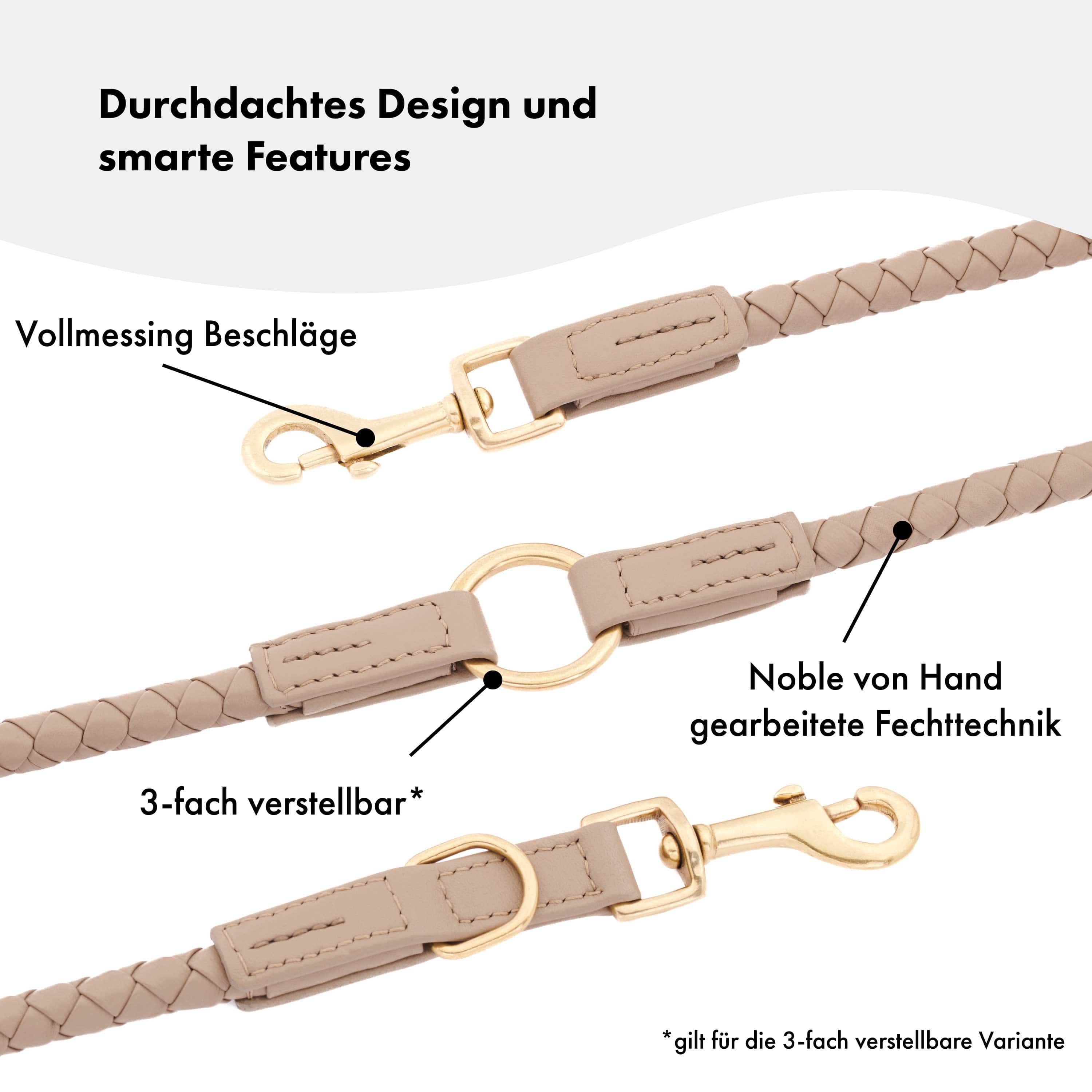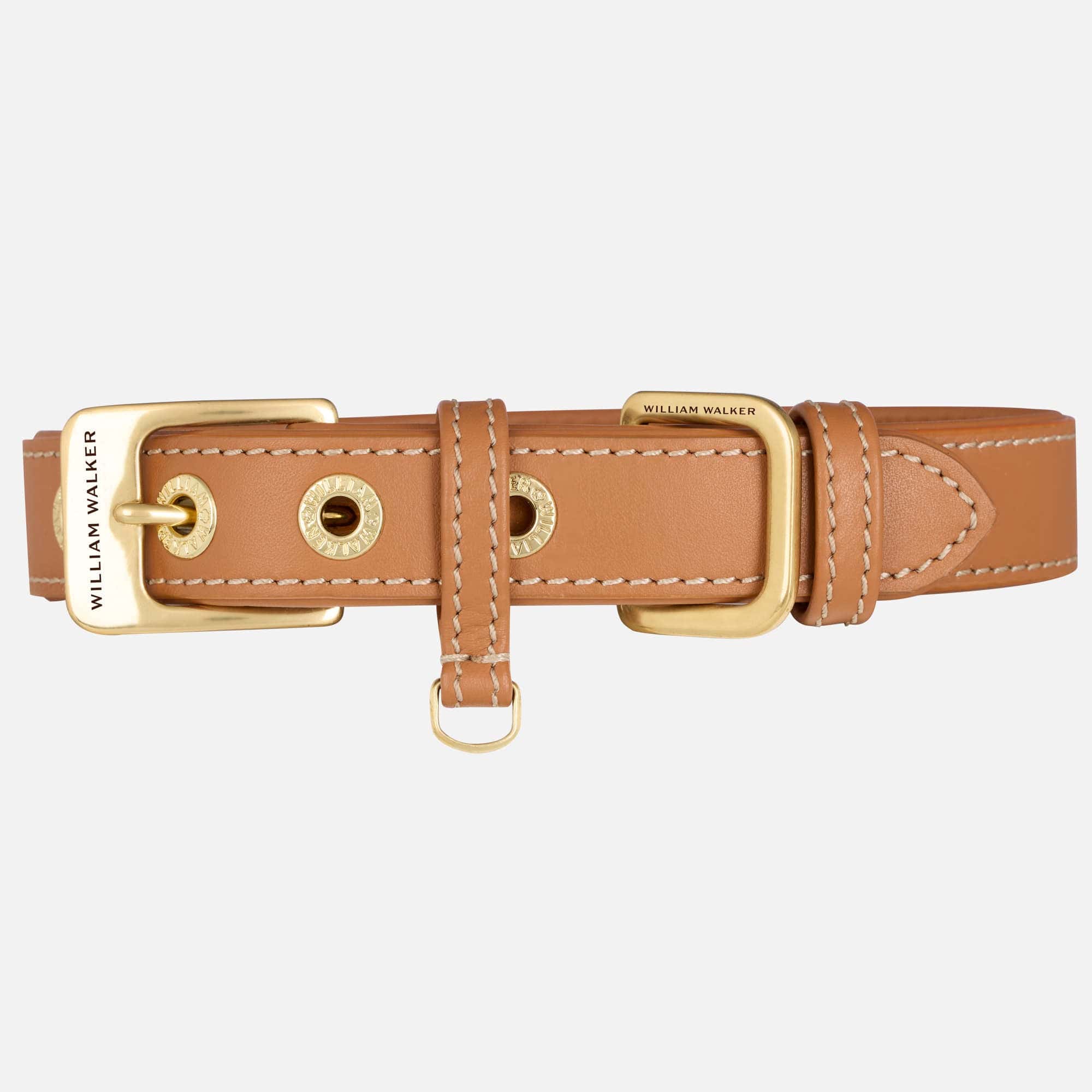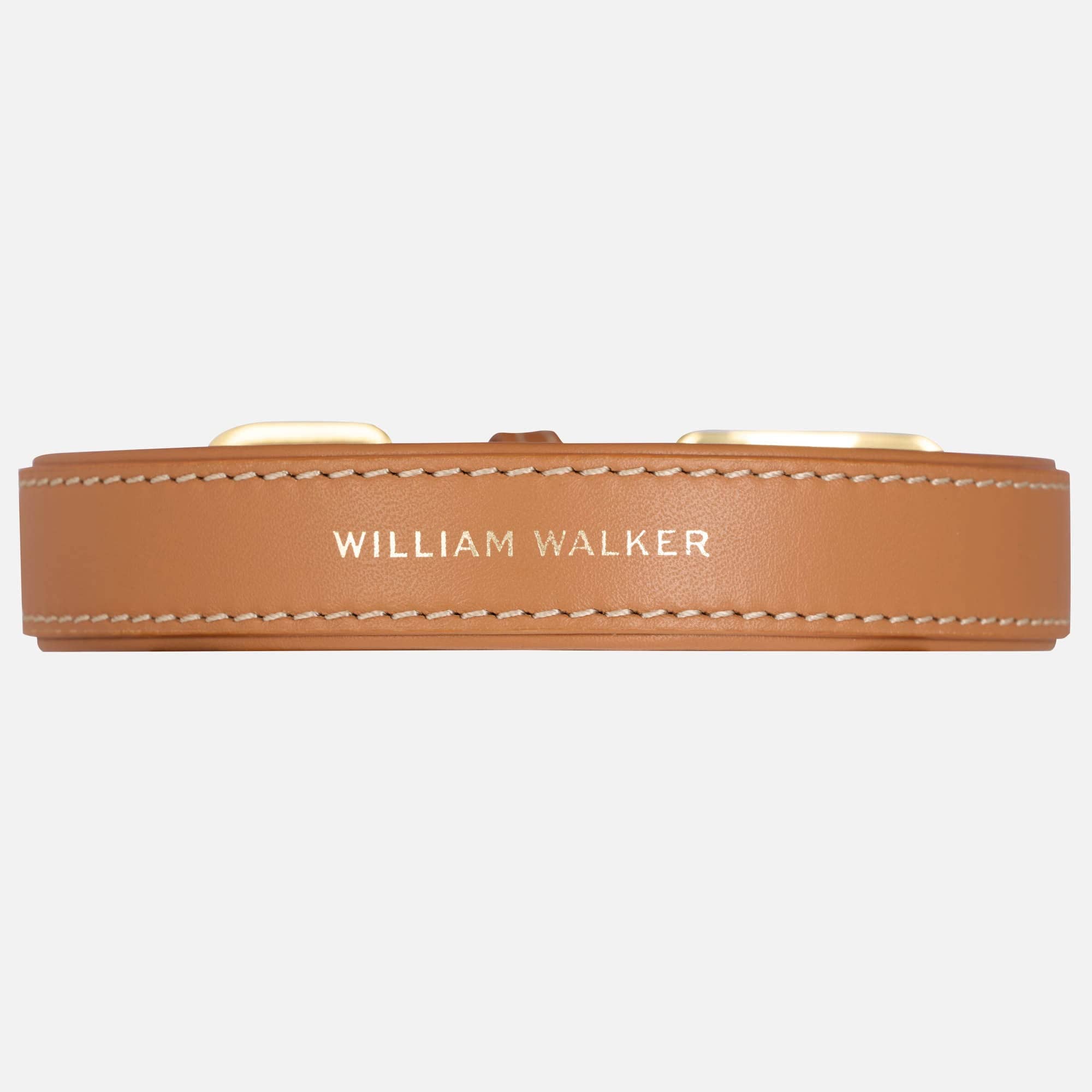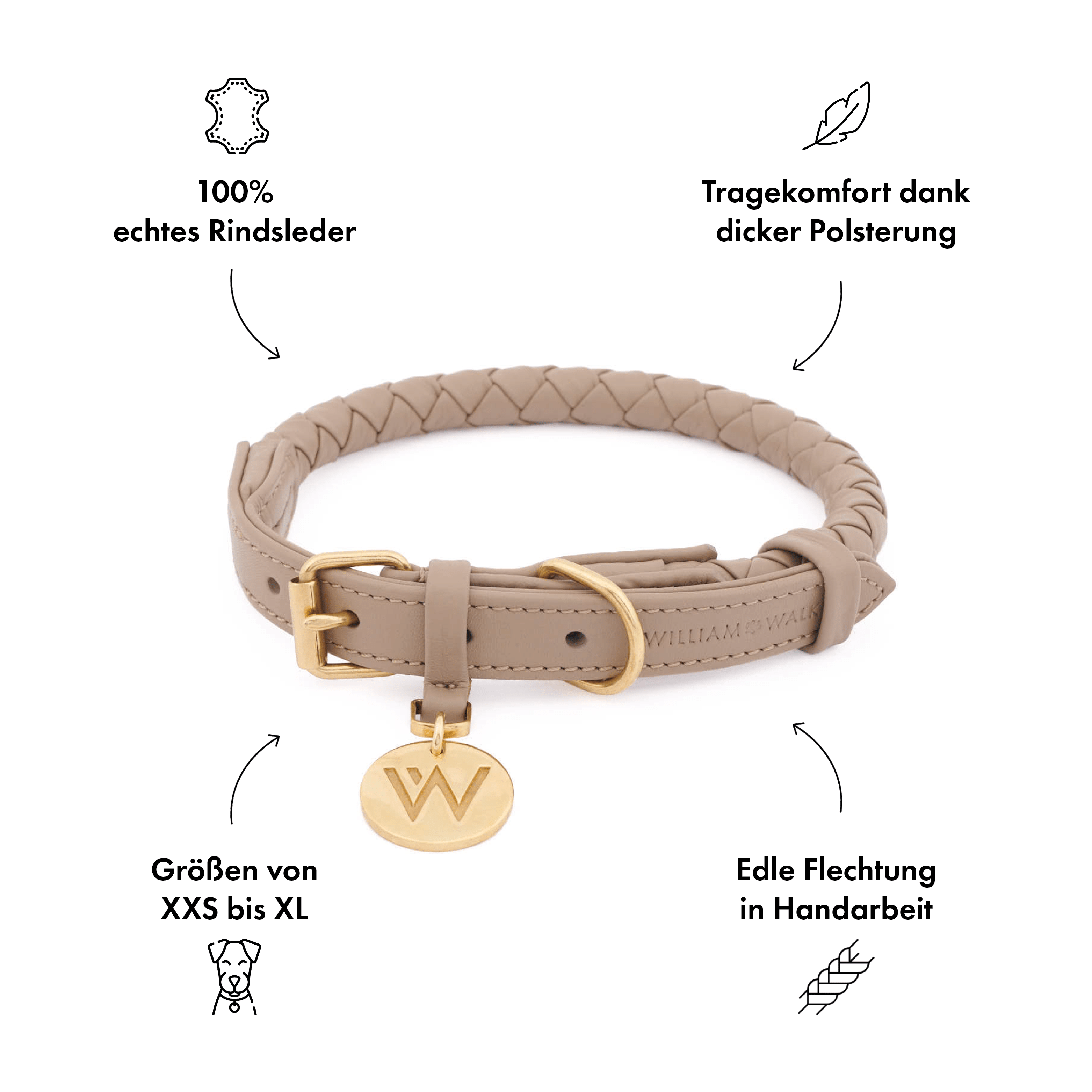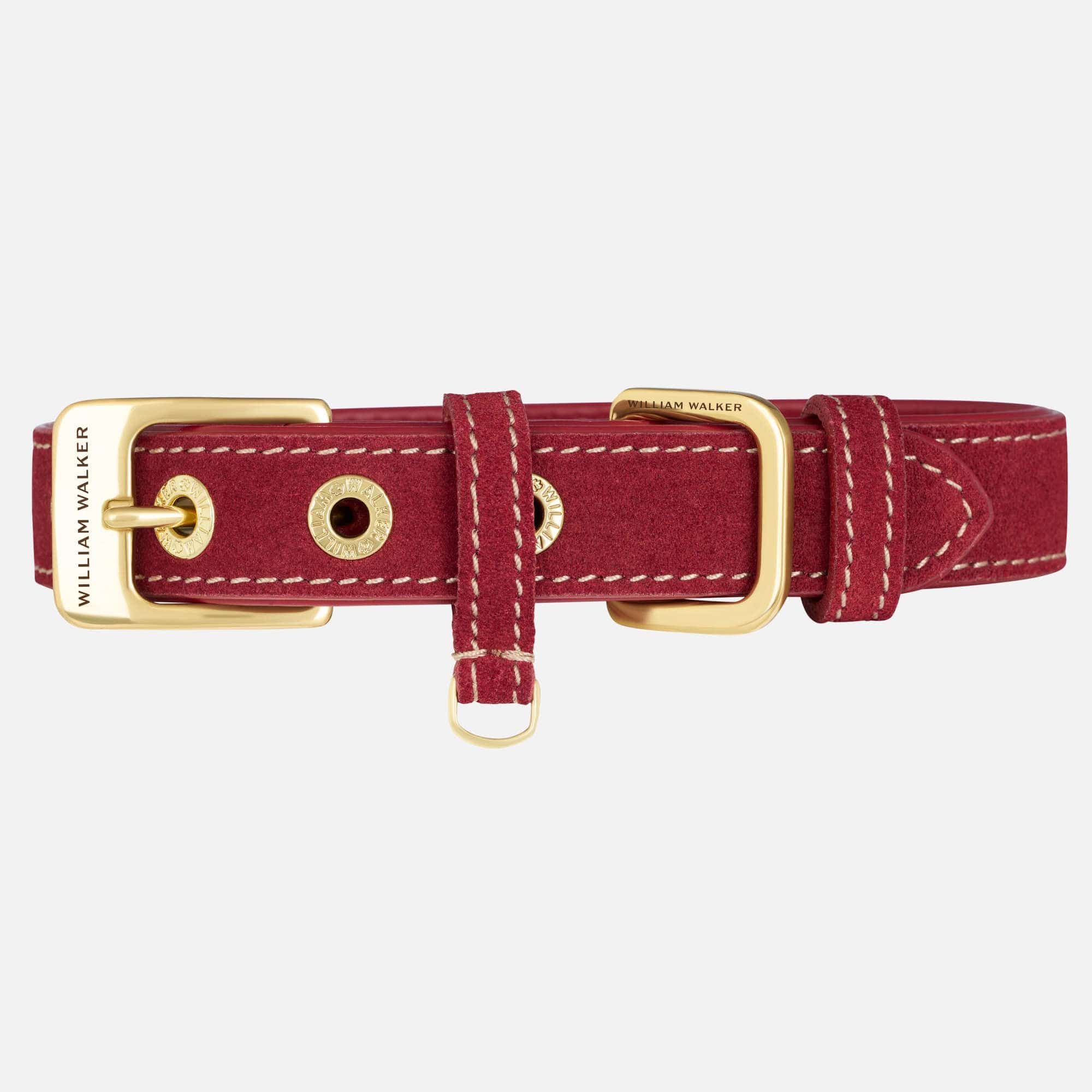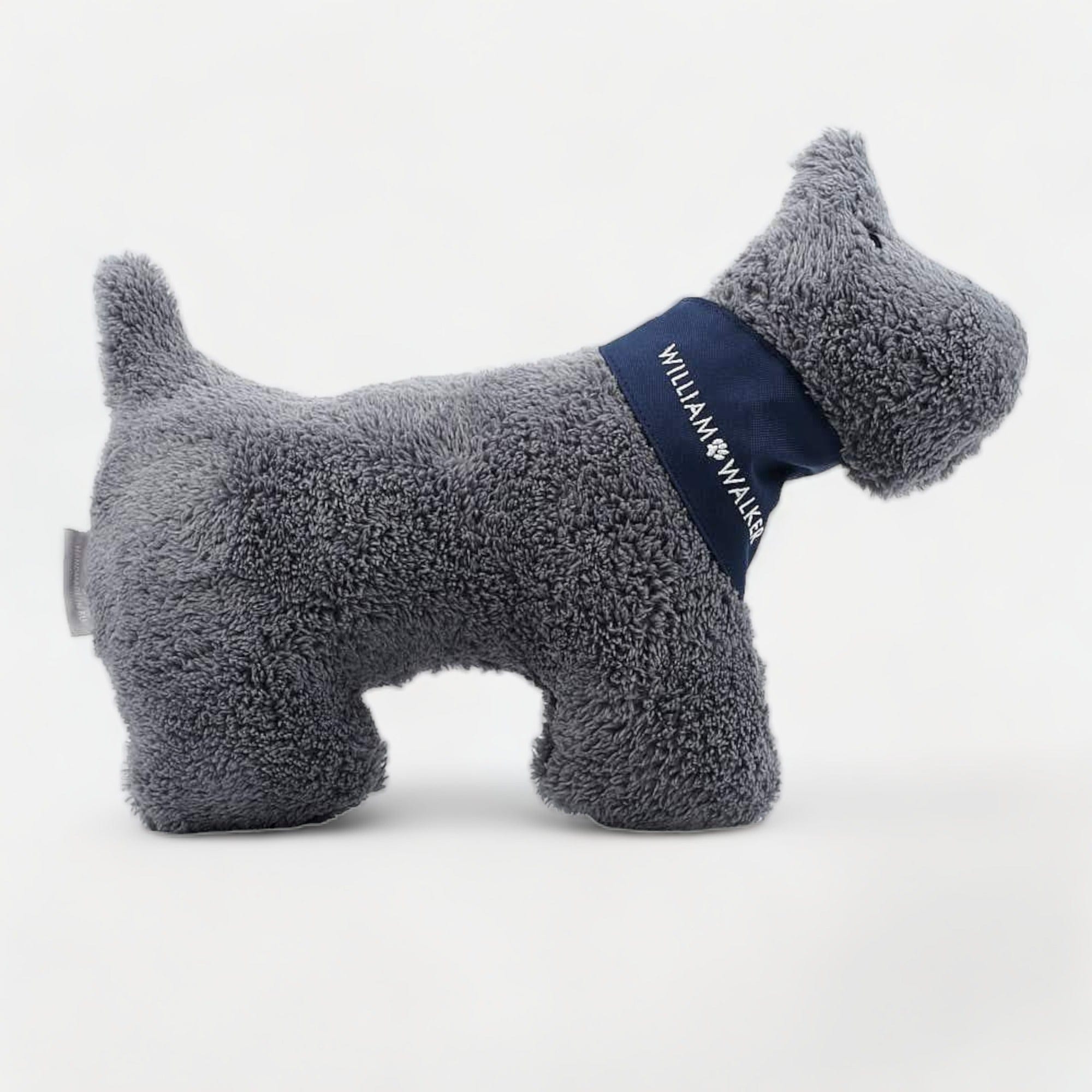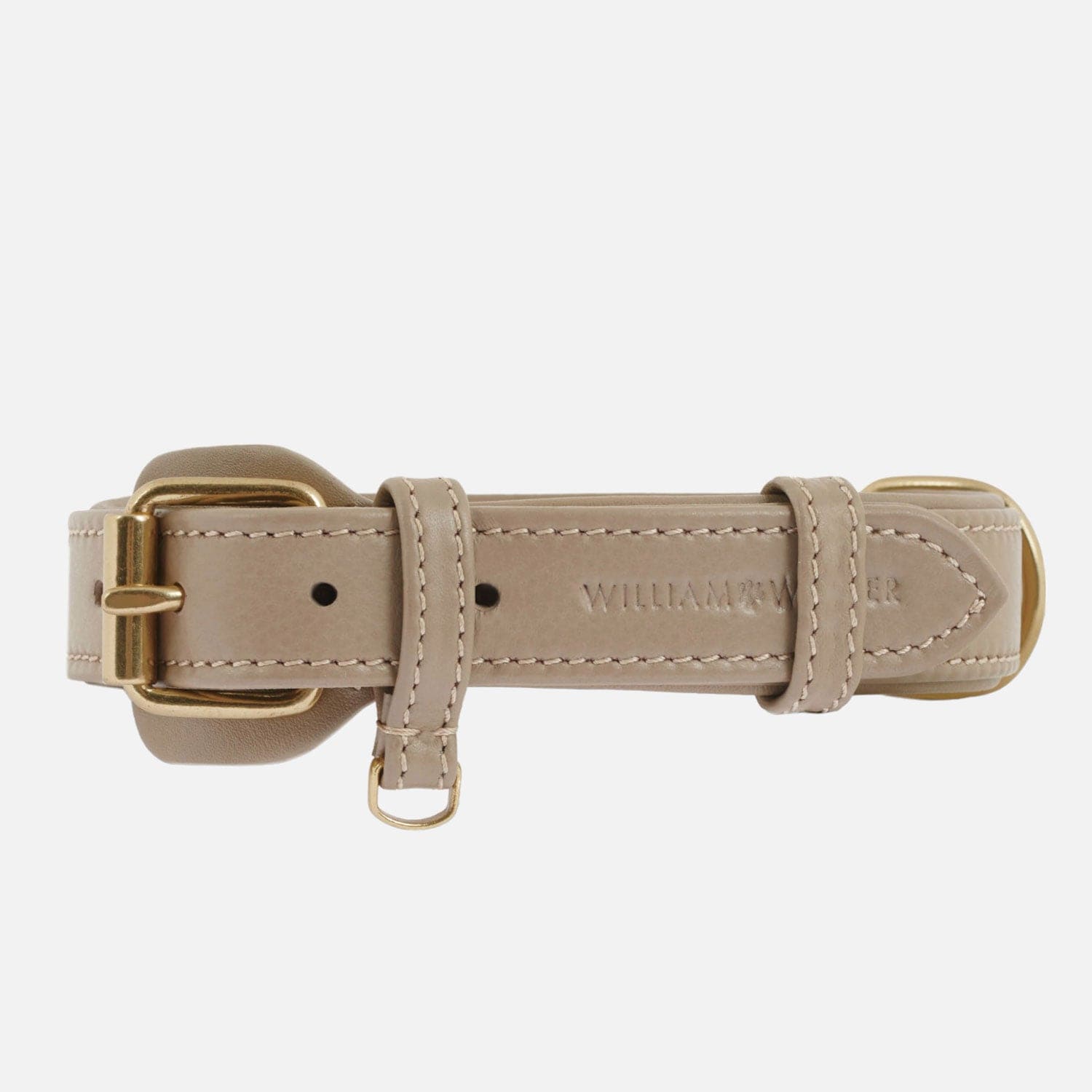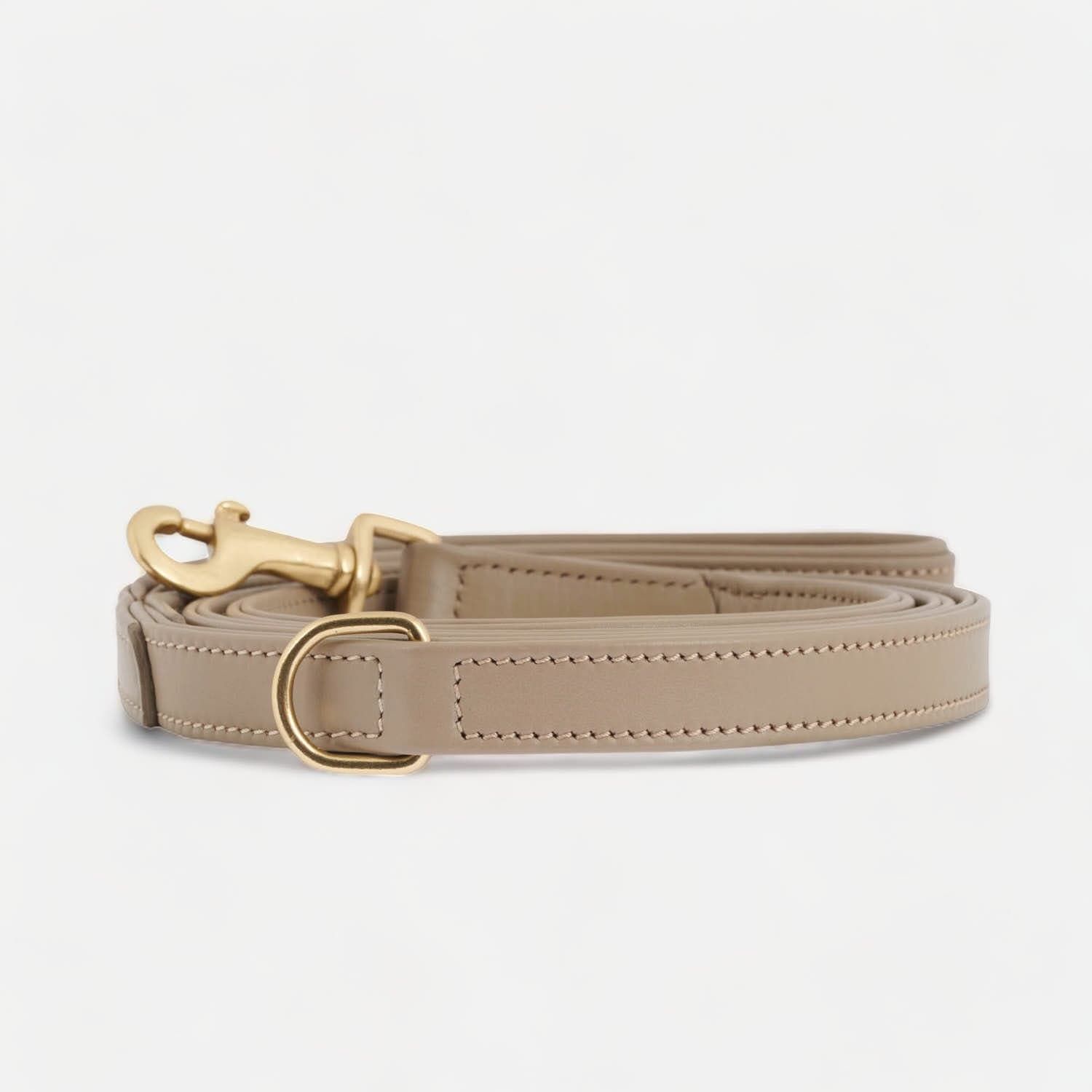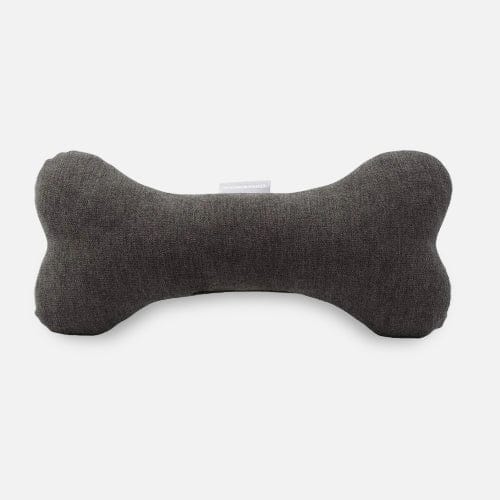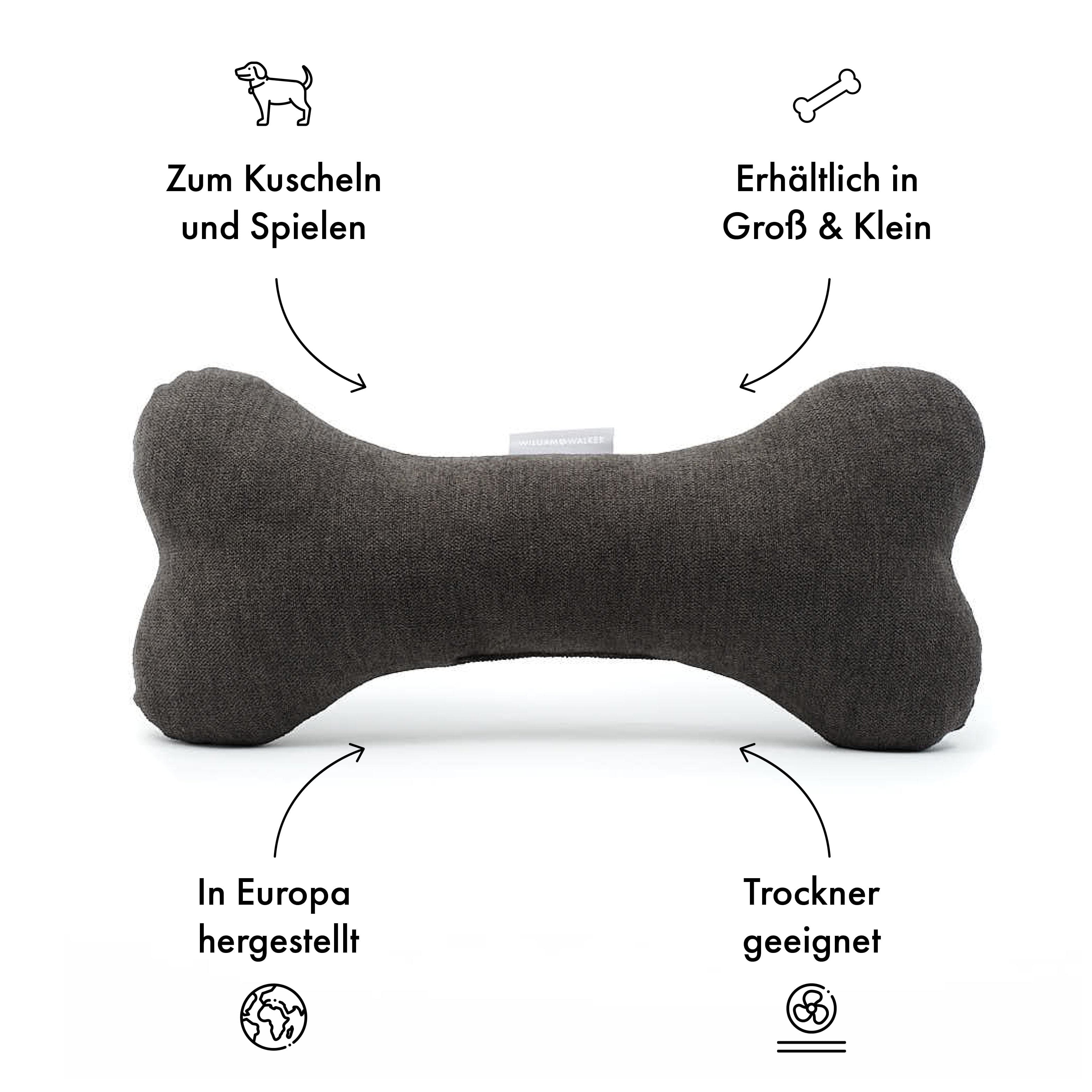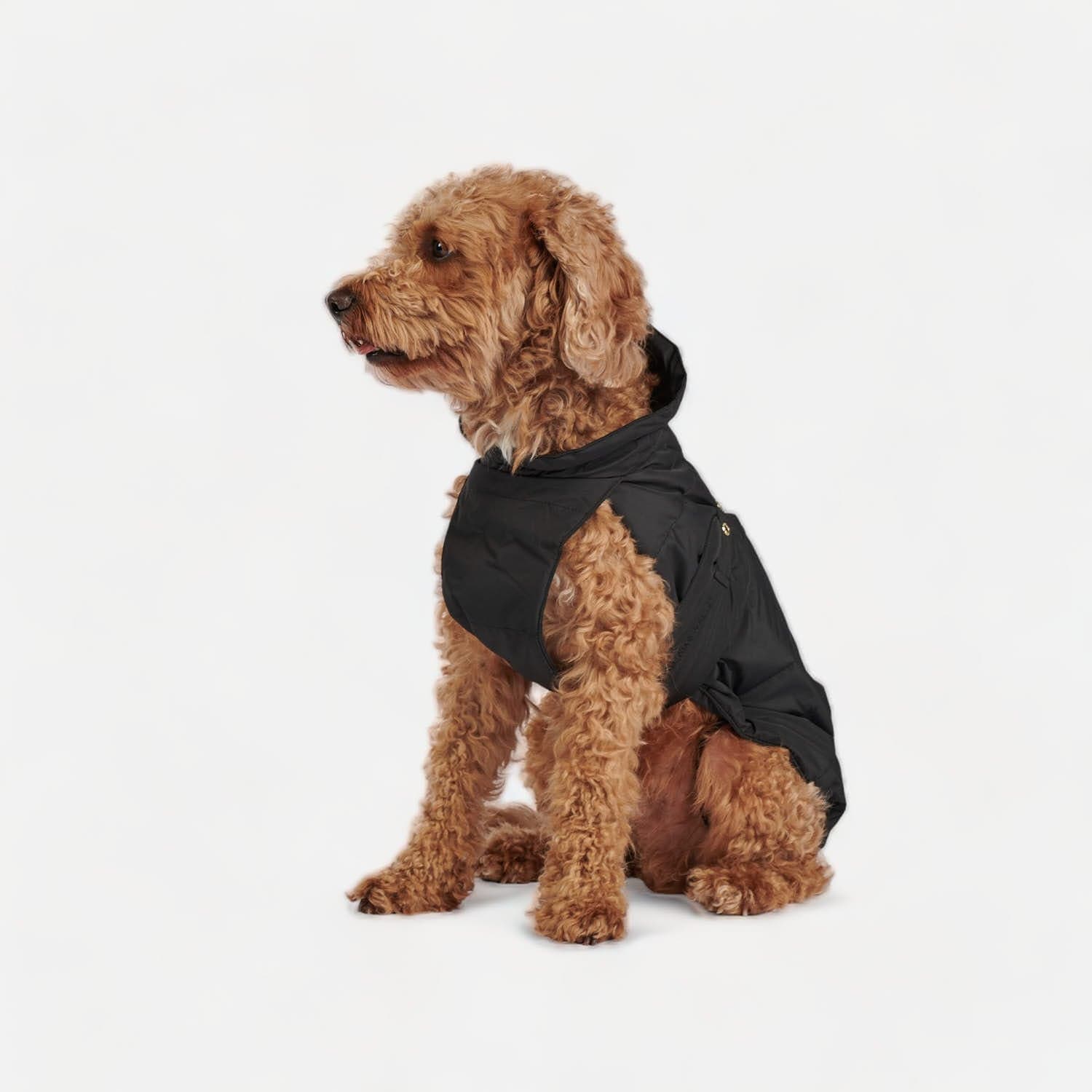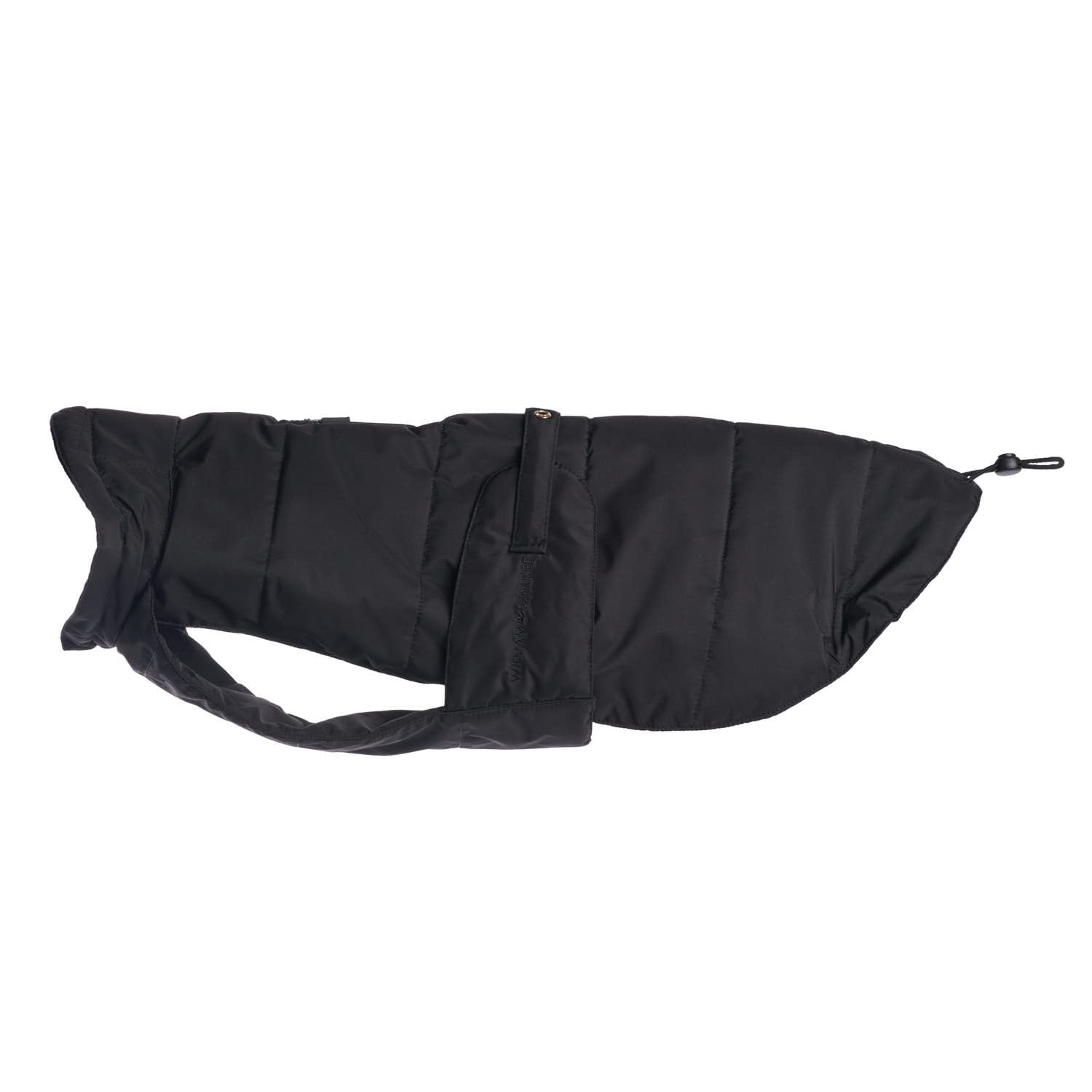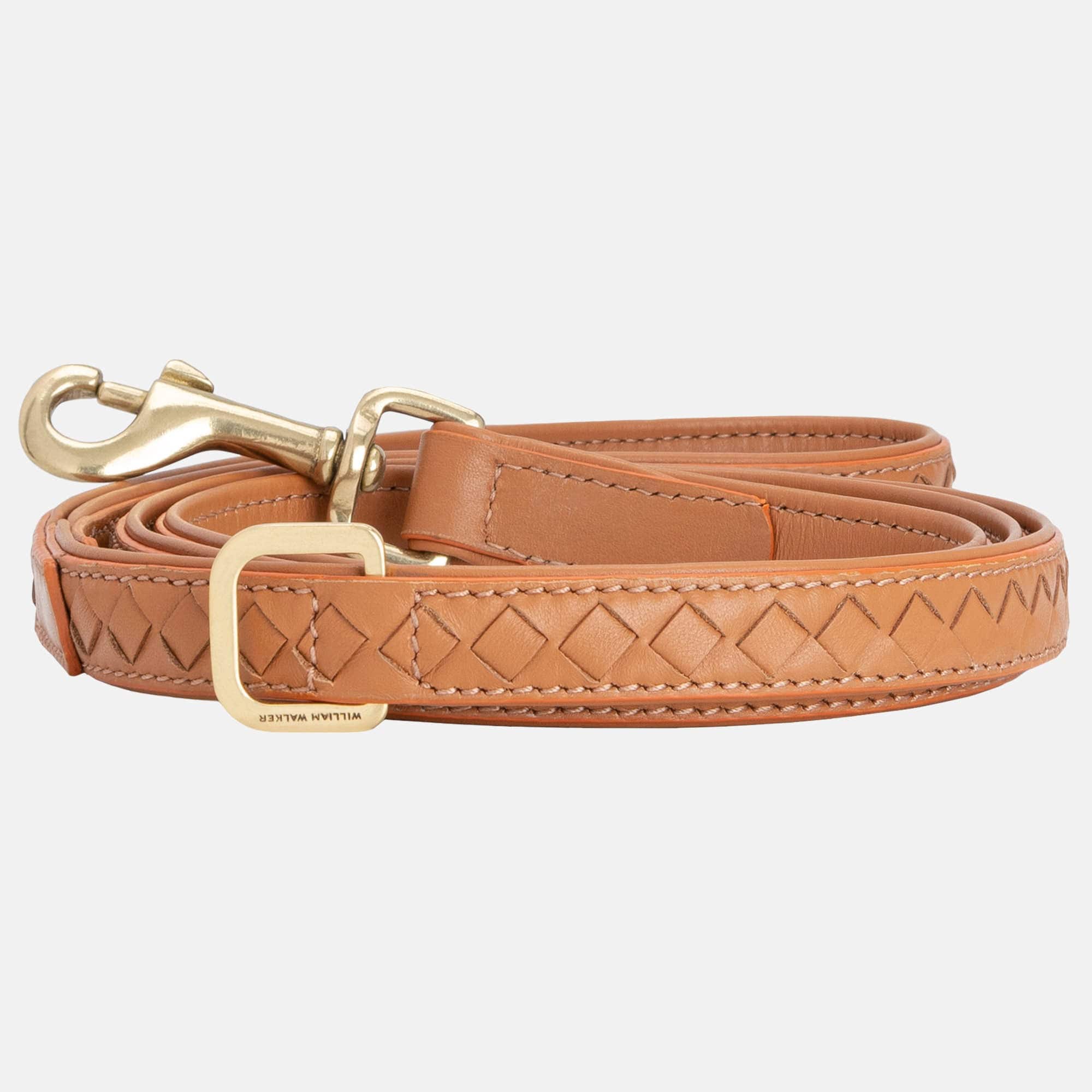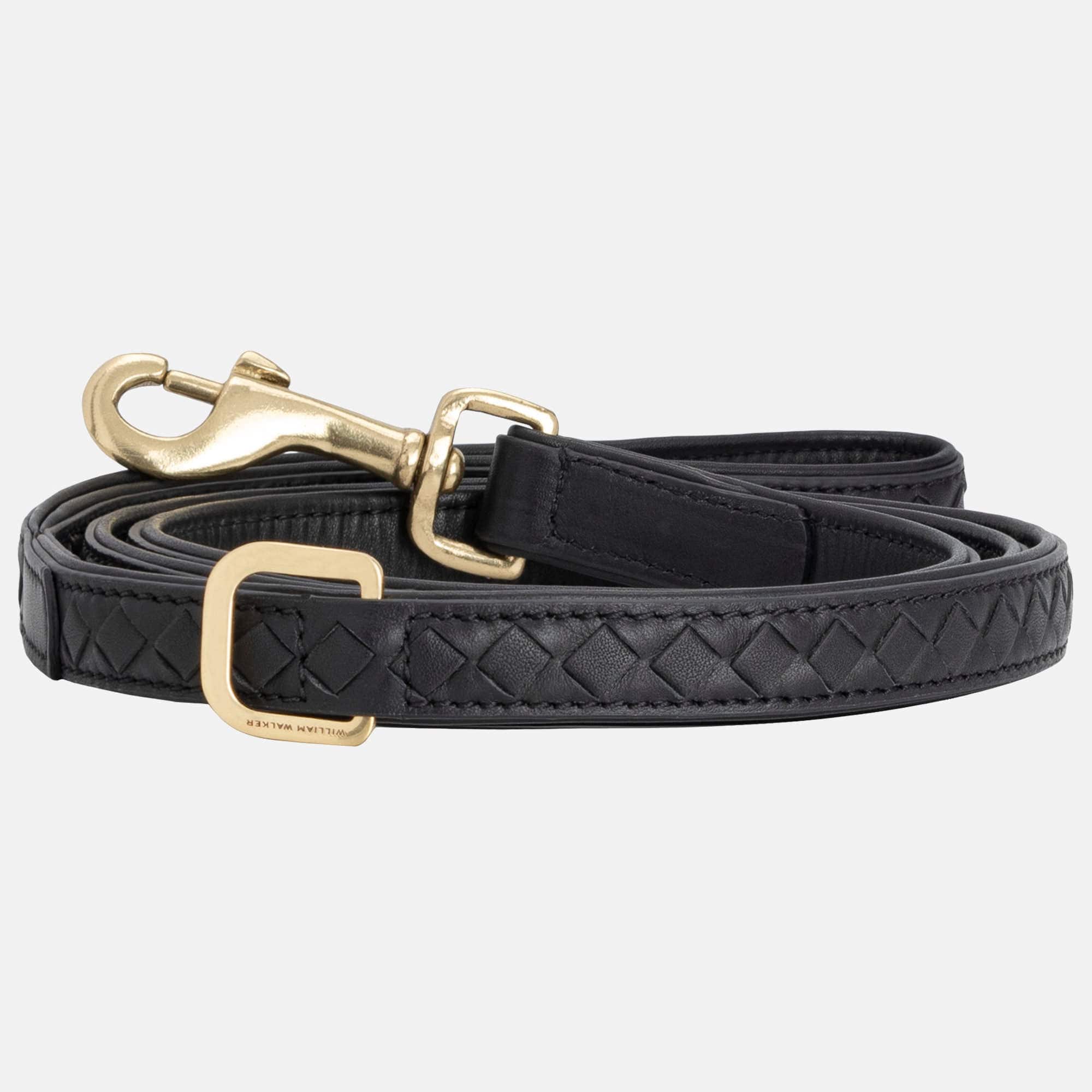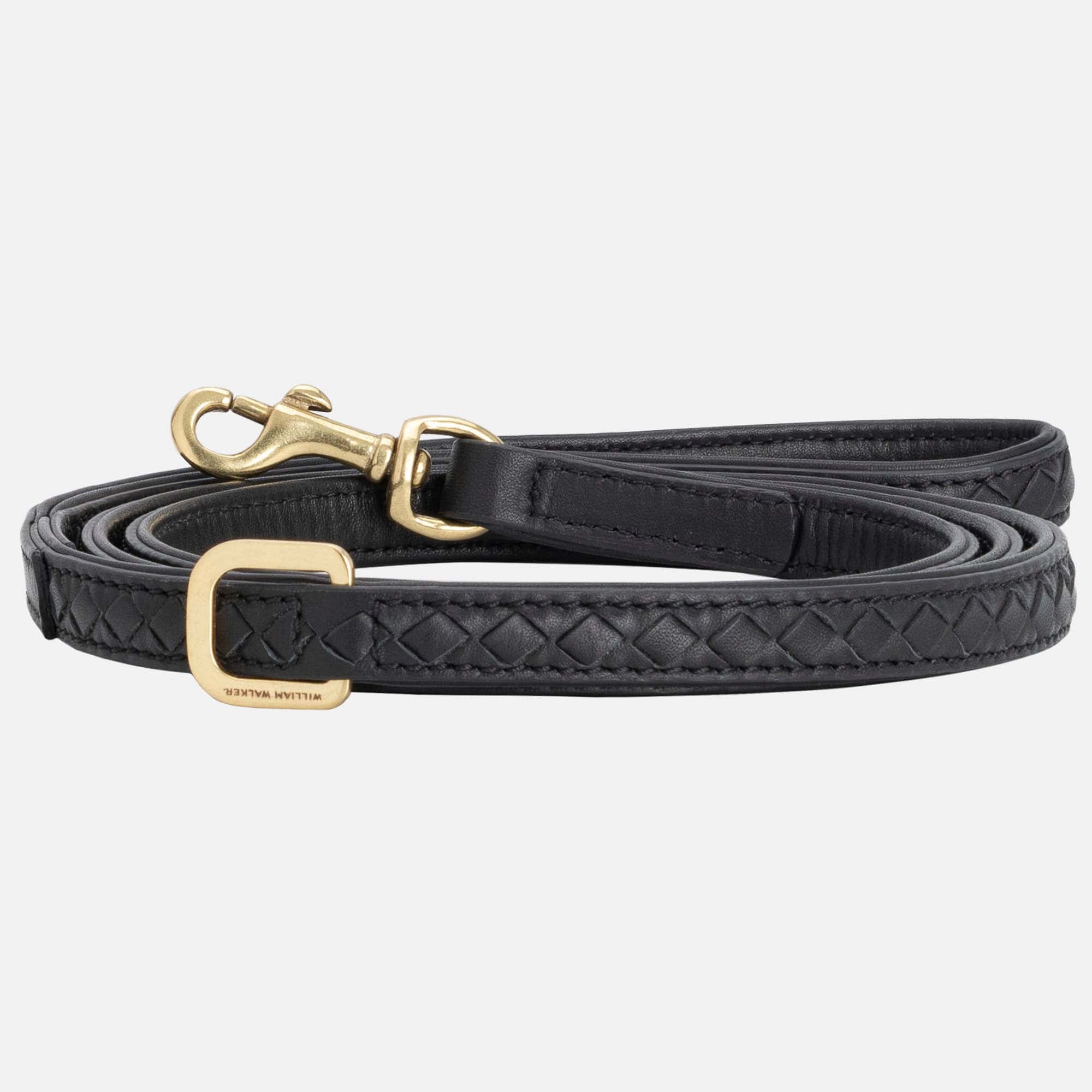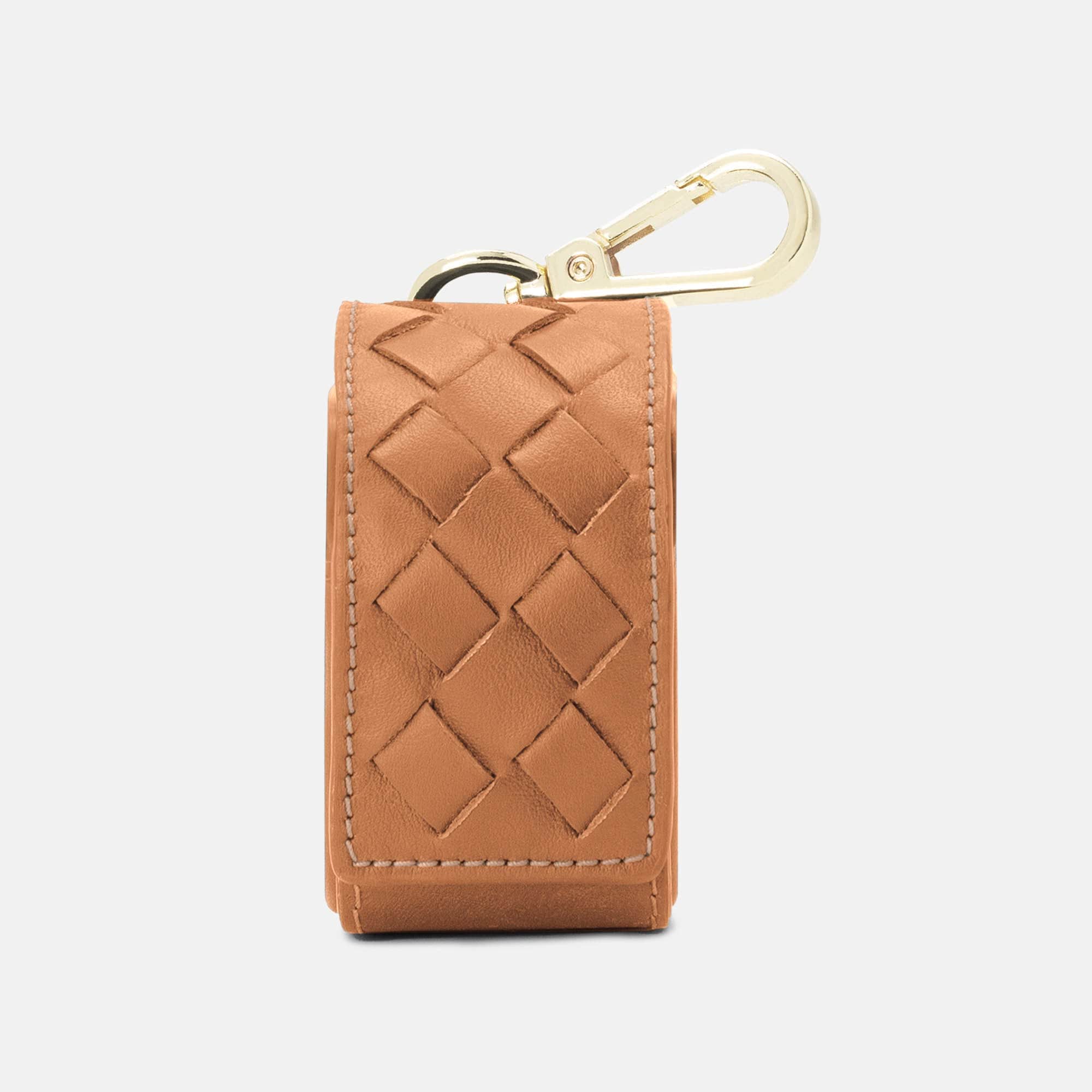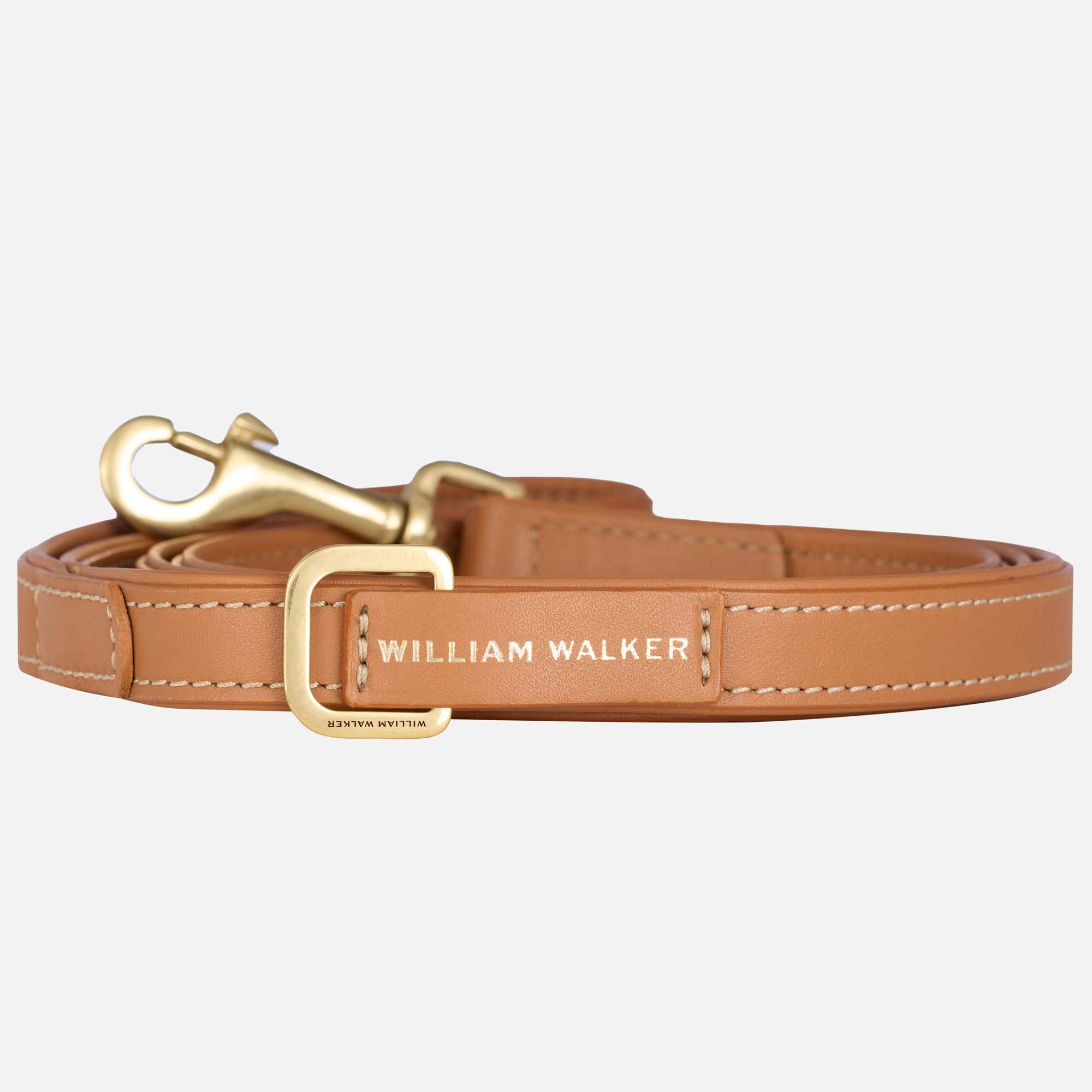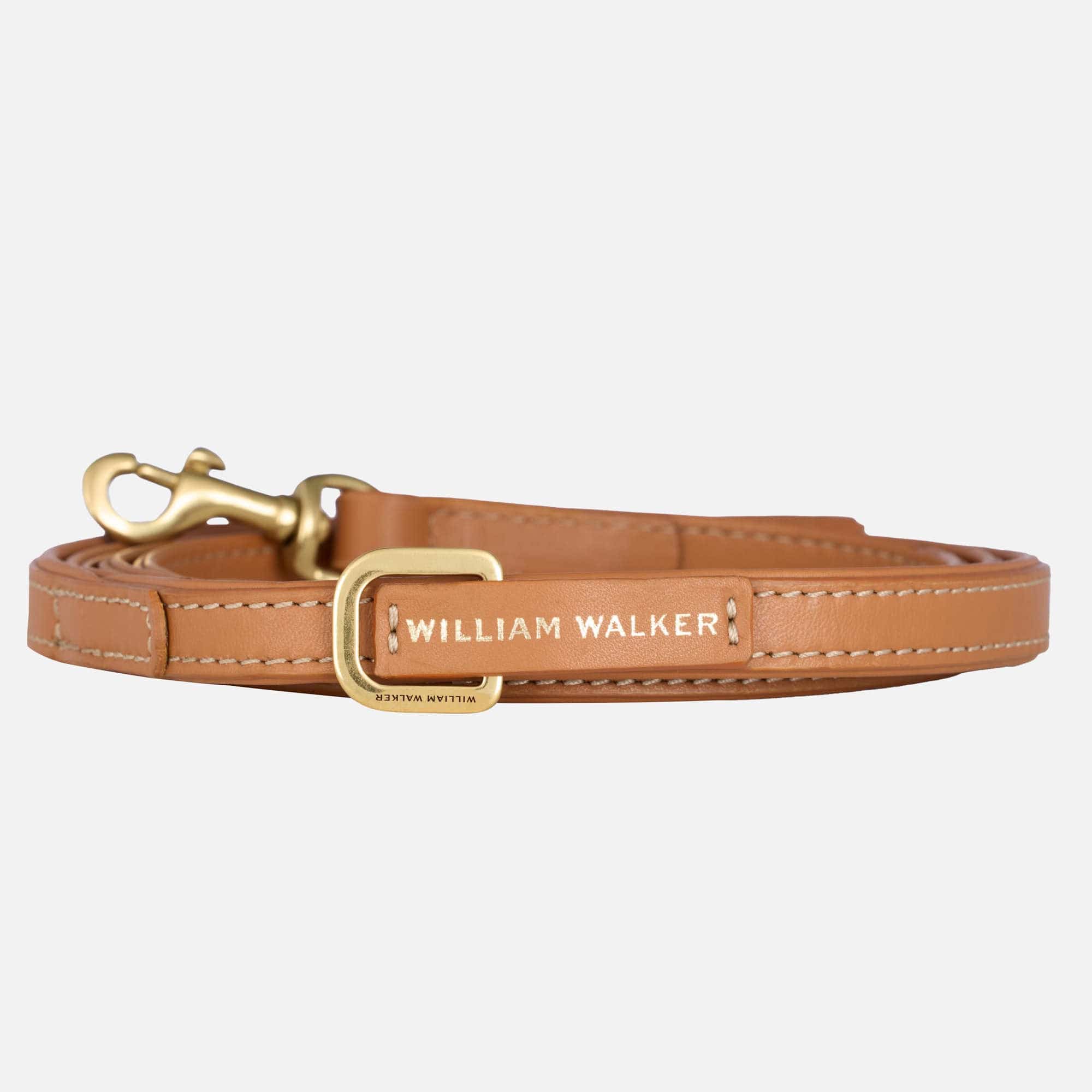A well-trained dog is a happy dog. A regular exercise routine not only helps to release excess energy, but also strengthens the bond between you and your four-legged friend. In this article, you'll learn how to create an effective exercise routine for your dog that is fun and gets results.
Why you and your dog will love these tips:
- Clearly structured instructions: Easy-to-understand instructions help you to implement each step safely.
- Customizable: The tips can be adapted to your dog's needs and abilities.
- Promotes health : Regular training keeps your dog physically and mentally fit.
Step-by-step guide to creating a training routine:
Setting goals: Think about what you want to achieve with the training. Do you want your dog to learn basic commands or special tricks? Perhaps you also want to get behavioral problems under control or improve your dog's general fitness.
Scheduling: Set fixed times for training. Short but regular sessions of 10-15 minutes are ideal. These short sessions prevent overexertion and keep your dog motivated. Try to integrate the training times into your daily routine to create a routine.
Warm up: Start each training session with a short warm-up to prepare your dog's muscles. This can include simple play or light running exercises. A well warmed up dog is less prone to injury and can perform the exercises better.
Basic commands: Start with simple commands such as "sit", "down" and "stay". These form the basis for more advanced exercises. Use clear, short commands and make sure your dog performs each command completely before moving on to the next. Reward him immediately when he does something right to reinforce the behavior.
Positive reinforcement: Reward your dog with treats and praise when he performs a task correctly. Positive reinforcement is the key to successful training. Make sure to vary the rewards to keep your dog motivated. You canalsouse toys orextra playtime as rewards.
Incorporate variety: Avoid monotony by varying the exercises regularly. Add new tricks or change the order. This keeps the training exciting and challenges your dog mentally. Varied training prevents boredom and ensures that your dog stays focused.
Be patient: Every dog learns at their own pace. Be patient and stay positive, even if it doesn't work right away. Avoid overwhelming or punishing your dog if it makes a mistake. Instead, you can calmly repeat the command again and give him a chance to get it right.
End the training: End each training session with a positive experience. Play with your dog or give him a special treat. A positive ending ensures that your dog will remember the training session fondly and look forward to the next one.
Document progress: Keep a training diary in which you record your dog's progress and challenges. This will help you to recognize patterns and adjust the training accordingly. Also make a note of which rewards work particularly well and which exercises your dog finds particularly difficult.
Integration into daily life: Try to integrate the training sessions into everyday life. Practice commands during your walk or use everyday activities such as feeding to incorporate training elements. This makes the training more relevant for your dog and ensures that he follows the commands in real-life situations.
A well-thought-out training routine not only promotes your dog's behavior and health, but also strengthens your relationship. With these detailed tips, you are well equipped to offer your dog varied and effective training. Remember that patience and consistency are the keys to success. Have fun with your training!


























